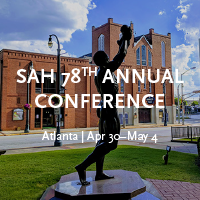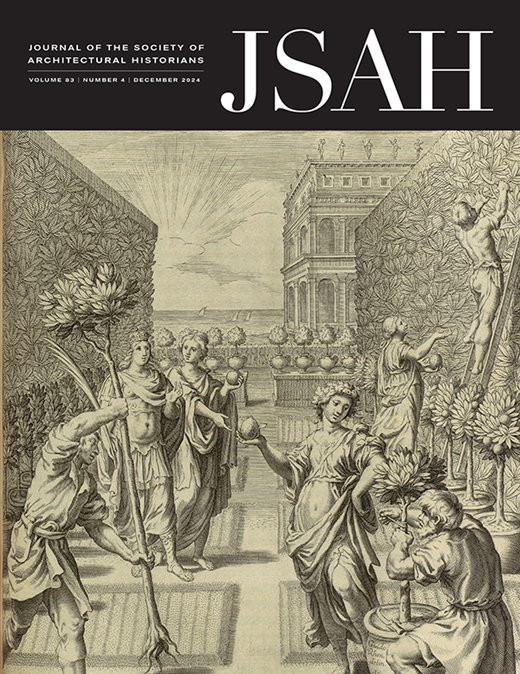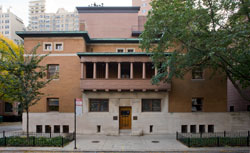Description
The round table explores the reasons and motivations underlying the current interest in participatory practices that occurred in the second half of the 20th century, to acknowledge this period as a field of investigation on its own and to point out some of the particular historiographic problems that it raises.
In recent decades, especially after the global financial crisis of 2008, collaborative architecture, as a global phenomenon, has regained strength and is being researched, recorded, and cataloged to shed light on alternative ways to intervene in the built environment. However, recent participation practices have also tended to be instrumentalized by urban policies and, at times, even perverted. But, as historians are committed to the task of excavating the past to question the present and nourish the future, participatory practices may be revisited and investigated from multiple perspectives and temporal frames since the genealogy of participation in architecture spans across transnational networks, geographies, and various historicist narrations shaping the discourse on the role of architecture as social practice in the future of socio-spatial justice, global urbanization, and environmental decay. Historical investigations of such projects open the field of consideration of architecture in a way that might provide lessons for more conventional histories of architecture.
In particular, the period between 1968 and 1989, is often referred to as a threshold after which participation is more commonly recognized in practices of dweller-control, community-led or aided self-help architecture. This architecture has been long enough inhabited, transformed, glorified, and mystified to be nowadays re-approached with a critical and comprehensive lens. Therefore, rather than viewing histories of participation in architecture as a collection of isolated and innovative experiments, this roundtable discusses this topic as a method with roots in various social, biographical and historical contexts. How this is made visible in the historiography focused on participation is one of the main interests of the debate we pursue, since this might provide lessons and new challenges to the architectural field.
In the opening the debate, we will present four studies of past experiences where inhabitants, citizens and other laymen took part in the construction and/or planning of the built environment. The following discussion will reflect on both historical importance and contemporary research issues related to architecture and urban planning realized with community engagement, co-design and self-construction, polemicizing, for example, the sense of belonging and the redistribution of power relations that these practices can propel, questions of memory, protection and evaluation of living environments that resulted from these practices, or the impact of transnational connections in the evolution of the participation in architecture.
SAH Connects is a suitable tool for raising attention to the following questions:
Why are we dealing with participation from a historical perspective? Why and how are we writing the histories of participation? What meanings can be given to the term ‘participation’? And if these histories are polyvocal, reflecting the diverse approaches to participation that emerge as a challenge for contemporary research, how to include different voices, perspectives and criticism in historiography we generate. This will be an opportunity to rethink who gets to tell the story of participation, why and how researchers engage with reconsidering the social purpose of architectural practice, and what are the limits of our practices of research.
The selected panelists will present their particular approaches to the key actors and episodes of participative processes, outcomes, lived-in experiences, and current perspectives. Overall, the moderated event would create a critical platform for the community of architectural historians to debate on the possibility of a genealogy of participation, as an exercise to questioning notions such as tradition, innovation, continuity, disruption and addressing the ideas of assemblage, complexity and its implications. It will help to understand the difficulties of researching the field and open a debate on the inclusivity of architectural history.
In sum, each of the four-panel members will present complementary and particular participatory practices as unfinished histories with non-western, feminist and grounded approaches. Moreover, the panelist, who engage in their research with primary sources such as archival records, professional journals and magazines, video and sound recordings, and oral histories, will further extend on their methods of investigation and interpretation of these micro-histories providing the base for a dialogue on the different ways participation can be understood, investigated and implemented.


